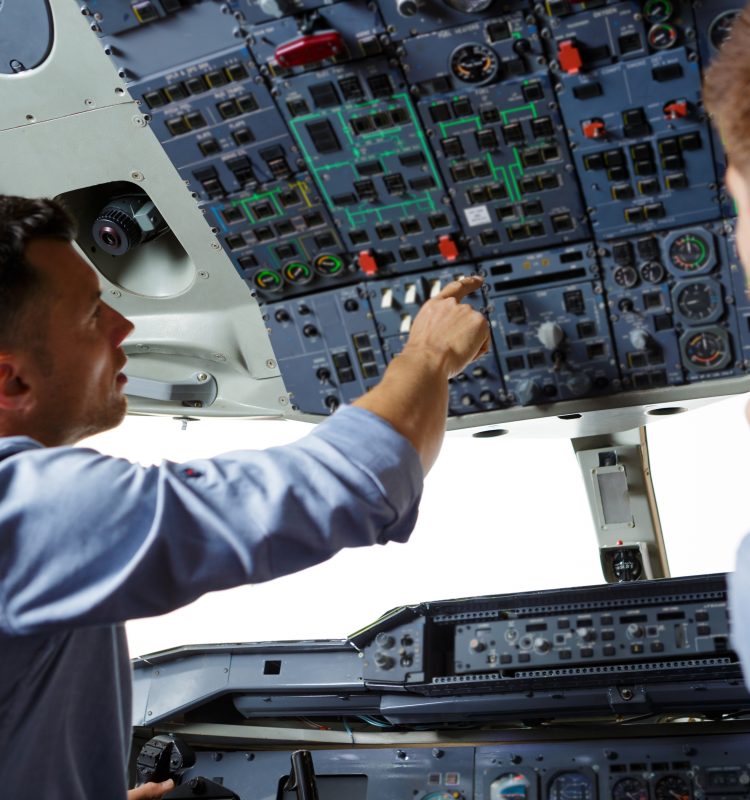EN


In the realm of aviation, where precision and safety are paramount, the synergy between human-machine interaction and advanced technologies plays a pivotal role. We sat down with Nam Nguyen, a seasoned Senior Neuroscience Product Specialist at iMotions, to unravel the profound impact of biometrics, eye tracking, attention, and emotion monitoring on aviation. Nam’s insights provided a comprehensive perspective on how these measurements, captured in real-time, revolutionize training, communication, and flight safety.
Aviation isn’t solely about man and machine; it encompasses intricate human-to-human interactions. Whether it’s teamwork within the cockpit or seamless coordination with ground support, efficient communication is key. Interpersonal synchronization is vital to avoid incidents such as near-misses or runway collisions. By integrating biometric data, including EEG and workload assessments, aviation professionals can gain insights into decision-making under different emotional and cognitive states. This knowledge can enhance communication training, ensuring smooth interactions and promoting effective teamwork within high-stress scenarios.
Summary scores emerge as a potent tool in debriefing sessions for flight safety. Nam shed light on their pivotal role in training and educational settings. Recognizing that stress, workload, and distraction thresholds differ across populations, summary scores provide a holistic performance assessment. These scores serve as a compass for evaluating individual and team performance in real-world aviation scenarios. By amalgamating diverse biometric data, including heart rate, skin conductance, and facial expressions, these scores create a comprehensive performance index. This approach allows trainers to tailor their feedback and interventions, enhancing learning outcomes and optimizing training effectiveness.
While the potential benefits of incorporating iMotions technology are undeniable, Nam acknowledged the challenges and nuances involved. Customization is key, as out-of-the-box solutions might lack precision for specific aviation use cases. Data collection and research are necessary to calibrate the technology to each unique environment. The financial investment, especially for desktop simulators, can pose challenges for some aviation settings. Furthermore, the technology’s potential may be overshadowed by a lack of understanding among aviation professionals. To address these challenges, iMotions not only provides cutting-edge technology but also offers consultation and expertise to guide users through the intricacies of biometric integration.
As we navigate the evolving landscape of aviation, the partnership between iMotions and Smart Eye emerges as a beacon of innovation. By harnessing real-time biometric data, these technologies are paving the way for safer skies, effective pilot training, and optimized performance. The future holds a world where human-machine interaction reaches unprecedented levels of synchronization, ensuring that aviation professionals are equipped with the insights they need to excel in every situation. Stay tuned as we continue to explore the intersection of technology, human factors, and aviation excellence.
Interested in eye tracking for pilot training? Download our Comprehensive Guide to Eye Tracking Technology for the Aviation Industry here, or contact us today to schedule a demo!

